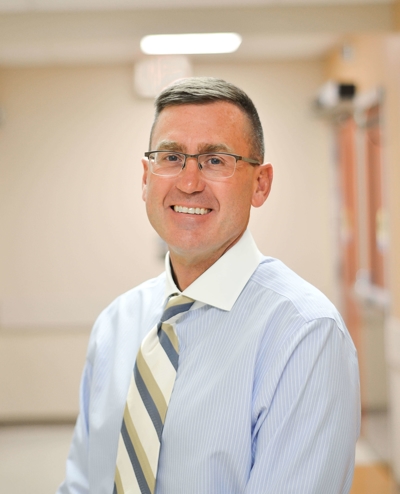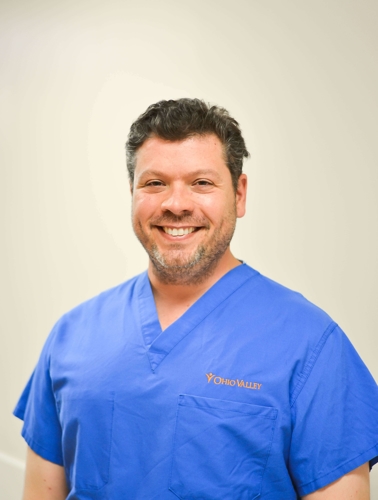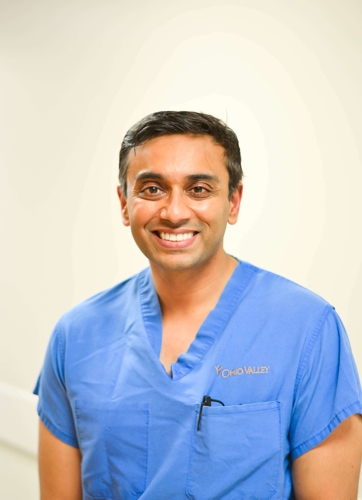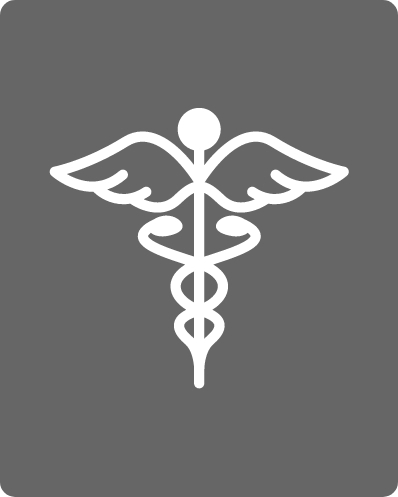Our Advanced Technology
3D Mammogram
The Breast Center at Ohio Valley was the first healthcare facility in the region to offer the new technology of 3D mammograms, which is an imaging test designed to detect breast tumors. 3D Mammogram (Tomosynthesis) improves early breast cancer detection rates. Images are produced electronically rather than having to wait for the film to develop to view the breast images, and images are generated within seconds rather than hours.
Other benefits of 3D mammograms include:
- Improves early breast cancer detection rates
- Improves detection in patients with dense breasts
- Reduces the need for follow up tests
- Improves diagnostic exams
- Requires no additional compression
Why Are Mammograms Important?
Mammograms are an essential technology used to detect breast tumors, and mammography is the international gold standard for detecting breast cancer in its earliest stages when it is most treatable. Often, mammograms will detect lumps 2 or 3 years before they can be felt, making it extremely important to have the imaging test every year once you turn 40. Women should begin having annual mammograms starting at age 40, according to the National Comprehensive Cancer Network (NCCN) and the American College of Radiology (ACR). If your doctor suspects you have an increased risk of developing breast cancer, you may need to begin screening before turning 40.
DXA Scan (Bone Density)
DXA scans evaluate patients at risk for osteoporosis, which makes the bones more brittle, fragile, and prone to fracture. It is a non-invasive bone density test that measures how many grams of calcium and other minerals are in your bones, which can indicate whether you have the disease.
- Provides follow up for patients diagnosed with Osteoporosis
- Calculates body composition for patient fitness programs
Biopsies
- Ultrasound guided
- Stereotactic (Uses computer w/specialized imaging)
- Stereotactic with 3D technology
Whole Breast Ultrasound
Ohio Valley Breast Center was the first facility in the region to offer whole breast ultrasound. Benefits include earlier breast cancer detection in patients with dense breasts and a reduced need for follow-up tests. This type of breast cancer screening is specifically suited for patients with dense breasts whose cancers are harder to detect with traditional mammography. However, the procedure can be done in conjunction with a 3D mammogram, as well. Screenings take about 15 minutes, and your physician will see a clear 3D image of the breasts.
- Improves early breast cancer detection in patients with dense breasts
- Reduces the need for follow up tests
- Needle/Wire Localization
- A pre-surgical procedure where the radiologist inserts a wire to localize mass that cannot be felt by a physical exam
- Sentinel Node Injection
- A pre-surgical procedure to help your surgeon identify affected lymphnodes


.jpg)





.jpg)